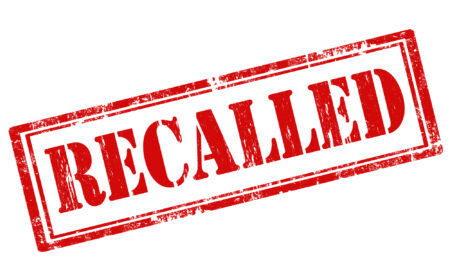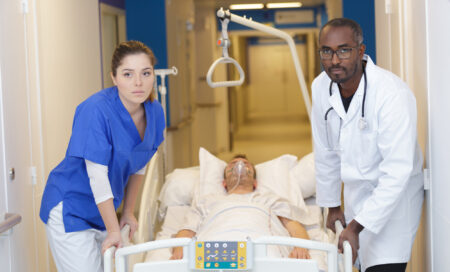There have been a number of posts on the AHRMM (Association for Healthcare Resource & Materials Management) listserve recently regarding the challenge of ensuring accurate charge capture. As former consultants and currently healthcare IT company executives, we see this problem at most hospitals. It stems from the fact that supply chain organizations depend on clinicians to properly document product usage, yet clinicians often lack the tools to do so effectively.
The reality is – as most supply chain folks would agree – that nursing and charge capture just don’t marry well. Nurses go into nursing to deliver care to patients, not to document clinical inventory usage. During a procedure, this responsibility feels like a burden and a distraction from their duties as clinicians. To make matters worse, the processes and technologies in place are usually inadequate at best, making the documentation task lengthy, error-prone, and frustrating. It’s no surprise that the charge capture job isn’t performed well.
So if you’re a supply chain leader tasked with ensuring better charge capture, what are your options?
- You can train the nurses better. This tends not to work very well, though, because additional training doesn’t address the root causes of the problem. The problem is not that the nurses fail to realize how important documentation is and are just sloppy. Rather, it’s because they haven’t been given the adequate tools and because they have to deal with a chaotic clinical environment.
- You can reduce the variability in inventory and minimize the number of SKUs. This can reduce confusion and make documentation easier.
- You can ensure that all items used are available in the item master and the clinical documentation system. But there will still be issues documenting products brought in by vendors which are not carried in the regular inventory.
- You can communicate better the cost of items to the nurses so that they know how expensive certain products are and, therefore, how important it is to document them accurately.
- You can make sure that the supplies are better organized and that the case carts are stocked more accurately so that the nurses can find items more easily and spend less time hunting for the right product. This would buy them more time to spend on documentation and charge capture.
- You can also add staff – a circulating nurse or clinical assistant to do the documentation, or an auditor to hunt down the information for each procedure to get the billing and charge capture right. Clearly, though, this is not a cost-effective option.
In our experience, the single most critical roadblock to accurate charge capture is the lack of user-friendly, capable and reliable technology. Nurses will tell you that the system they use is too complex, that it has too many pull-down menus, that the field for defining and finding a product is restricted to so few characters that they cannot tell one SKU from another, and so on. As a result, nurses often use a back-up method that is largely manual (multiple charge sheets, hand-written notes on stickers, etc.)
We designed VueTrack™ with all of this in mind. VueTrack™ is a software and web-based system that ensures swift and accurate supply charge capture in hospitals’ procedure-intense areas, while minimizing any distraction or workflow changes not aligned with clinical care processes.
Nurses have the desire and the will to do accurate clinical supplies documentation because they understand that what is used in a procedure makes it to the patient’s medical record. What they need are the right tools that can save them time as well as ensure 100% accuracy in documentation, which would give them more time to do what they do best – nursing.





